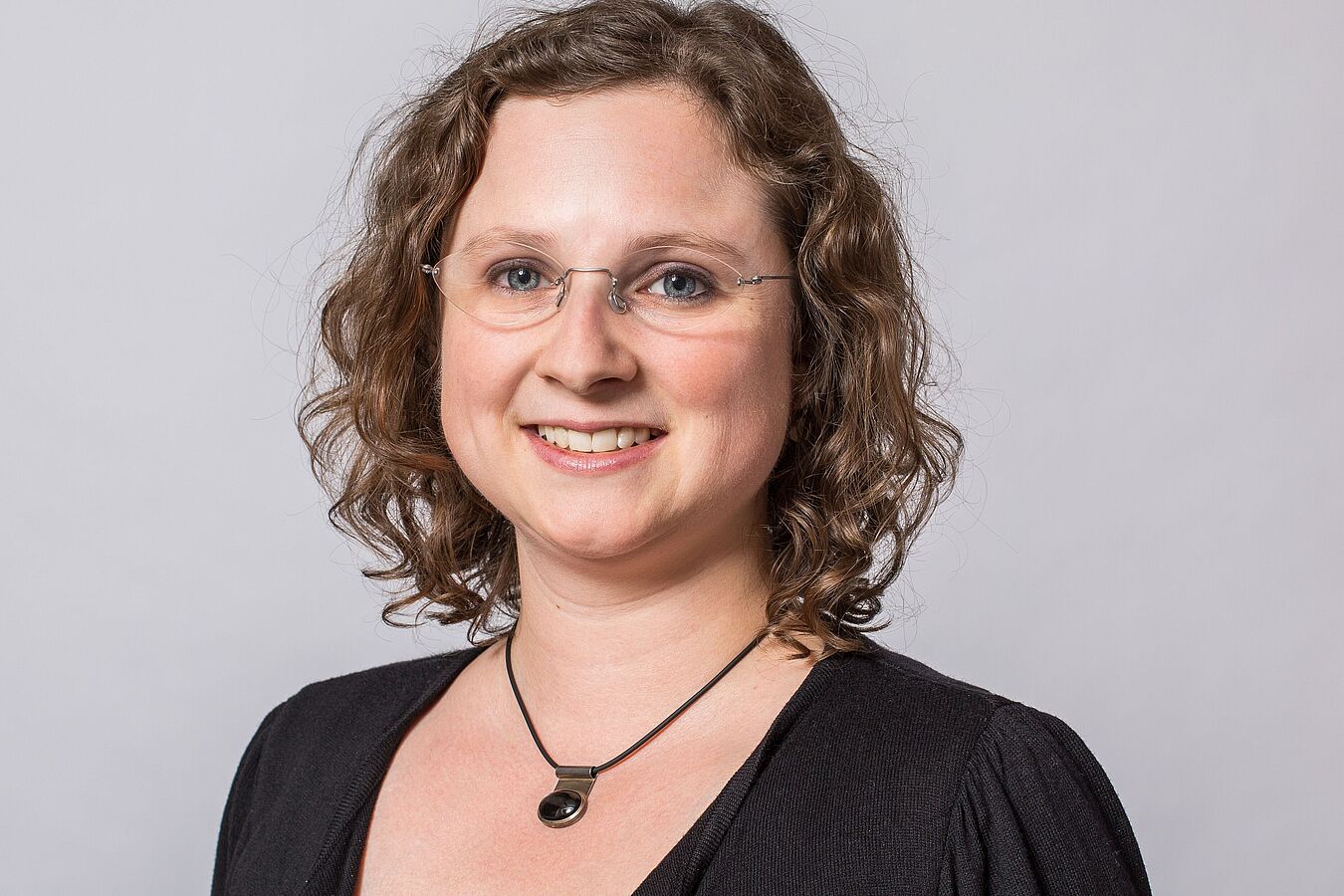There are infinitely many things that can be described by mathematical equations. For example, why does an apple fall downwards from a tree? Easy, because of gravity – force equals mass times gravitational acceleration. Or how fast does a car have to go in order to get from A to B in a fixed amount of time? It depends on the distance. That is simple mathematics. You take a close look at something, see what variables you need to include, figure out their logical relationship, and you’ve got your equation.
But, as so often in life, things can get really complicated. Like when describing a physical process in which one property keeps changing all the time depending on several variables at once. While some people despair at the simplest forms of such higher mathematics, this is where the fun starts for Marita Thomas, head of the research group “Modelling, Analysis, and Scaling Limits for Bulk-Interface Processes” at the Weierstrass Institute for Applied Analysis and Stochastics (WIAS). The 40-year-old scientist from Stuttgart eagerly brings up the topic of non-smooth partial differential equations: “These are problems where derivatives do not exist in the classical sense anymore but rather as set-valued subdifferentials.”
Higher mathematics for down-to-earth problems
She models mathematically complex processes for applications in the engineering and geological sciences. For example, in order to predict how cracks will propagate through a building material. “Engineers do the fracture tests in the lab. We derive equations that describe the phenomenon, and investigate their mathematical properties. These can then be used to create simulations that accurately replicate the cracking process from the experiment.” For a long time, investigations of this kind would look at crack models that can only describe very slow loadings. But, when a crack appears, it induces a movement that propagates through the material like a wave, which can interact with the crack itself. “This isn’t smooth anymore because, when the material ruptures, its geometry changes,” the researcher explains.
She got into maths indirectly through chemistry first, a subject in which she was keenly interested at school. “But I quickly noticed that maths plays an important role in chemistry, and so it might be helpful to be good at it.” She therefore studied mathematics at the University of Stuttgart with a minor in chemistry. As it turned out, that was just the right combination that let her power through the mathematics, which can be very dry and even incomprehensible at first. But, at some point along the way, the fascination for equations and their mathematical study took the upper hand.
After earning her doctorate at Humboldt-Universität zu Berlin, she came to WIAS as a postdoc. “The Institute offered me great opportunities for development, as a young researcher, because I could work among many outstanding scientists here,” she says. “I always had good discussion partners, role models and a beautiful environment to work in. So, for me it was totally worth making the effort to stay on here.” She also got to look beyond the “Berlin horizon” as her research collaborations took her all throughout Europe. She will not have quite so much time for travel now because, as of August 2022, Marita Thomas is a W2 Professor for Applied Analysis at Freie Universität Berlin. Her fixed-term research group at WIAS comes to an end in 2023.
When rock starts to sweat under pressure ...
In addition to researching and teaching, she has new tasks ahead of her: she is the spokesperson for phase 3 of the collaborative research centre CRC 1114, “Scaling Cascades in Complex Systems.” Together in the CRC, mathematicians, physicists, meteorologists, geoscientists, and chemists are developing mathematical models for so-called systems with scaling cascades, i.e., multiscale systems with a large number of scales, in different applications. One project, for example, is about dehydration processes that occur inside rock in subduction zones.
“When continental plates shift, parts of the earth’s upper mantel are subducted, meaning they are pushed down. In these zones, it gets hotter and hotter, and that allows certain chemical reactions to start taking place. Water that is chemically bound in the rock can then escape, collect together, build up pressure, cause cracks in the rock and ultimately make its way up to the earth’s surface,” she explains. While geophysicists are analyzing rock samples taken from subducted and non-subducted regions of Europe for the project, Marita Thomas’ team is trying to model and mathematically investigate all this using systems of differential equations.
The task is to integrate various partial processes into a model in a way that is thermodynamically consistent – despite the fact that they each occur on very different scales. “The chemical reaction of dehydration takes place at the molecular level. Fine water droplets then flow relatively slowly and over much longer distances before they collect together. But this is nothing compared to how far they have to travel up through the rock to find their way to the top.” While the dehydration reaction is extremely fast, the subduction of a tectonic plate advances only a few centimeters per year. But how long does it take for the escaping water to reach the surface? If a crack opens in the rock, it can propagate extremely rapidly and even lead to an earthquake – which is another very fast process.
In mathematical jargon, this is a multiscale problem with non-smooth components. Marita Thomas would probably just call it great fun.
Text: Dr. Catharina Pietschmann


